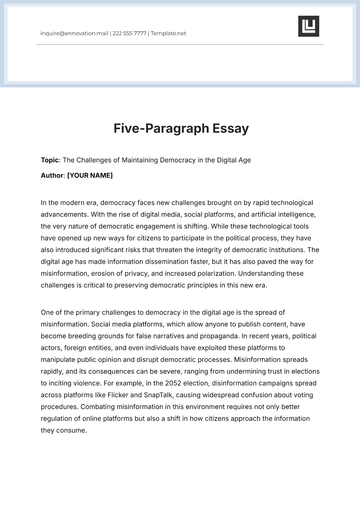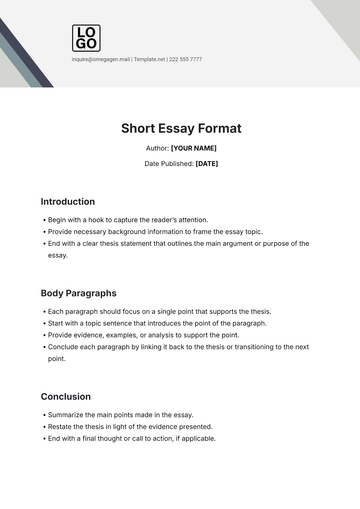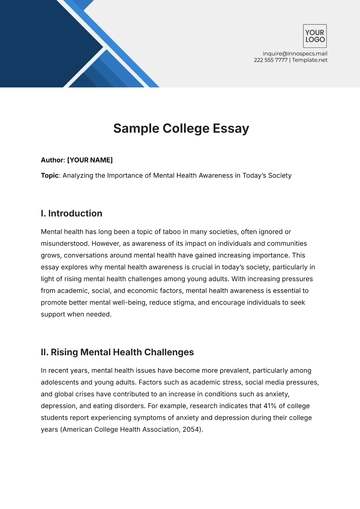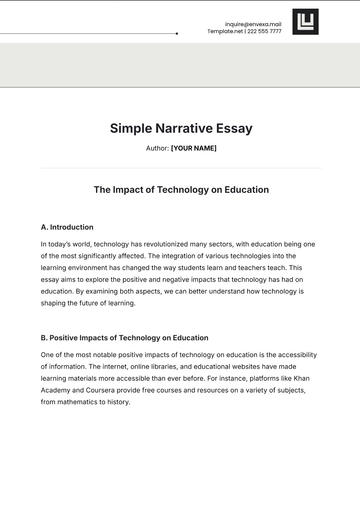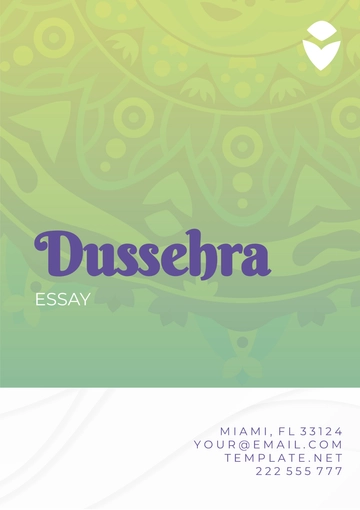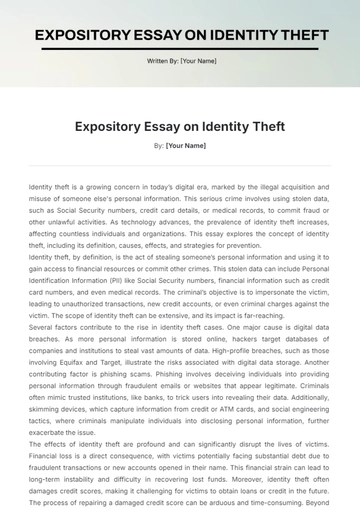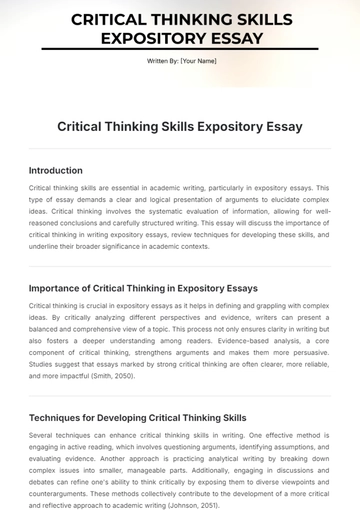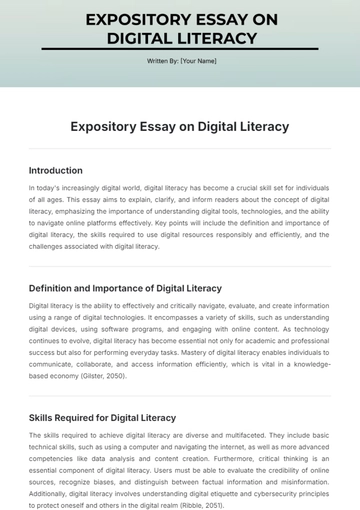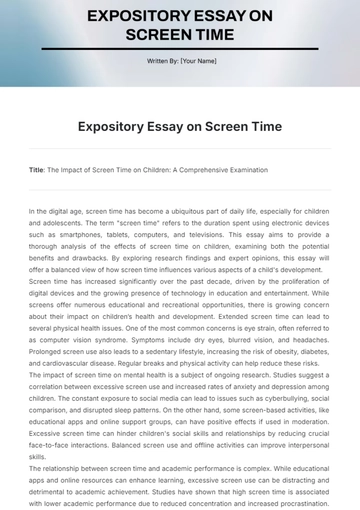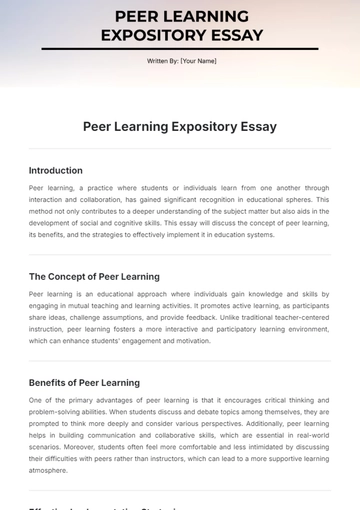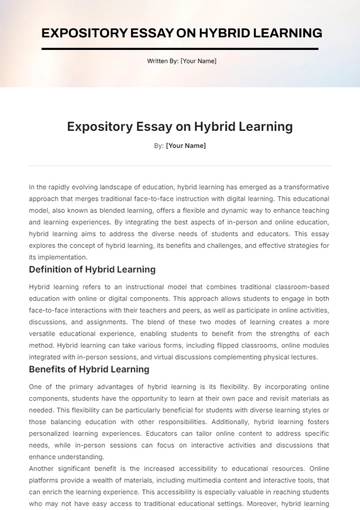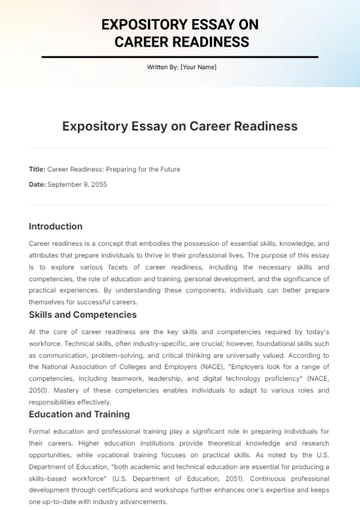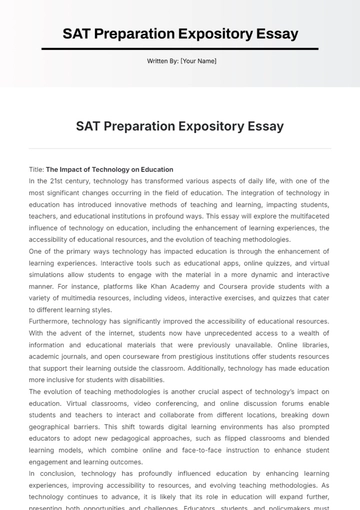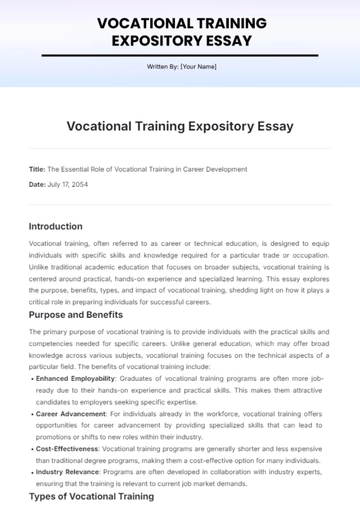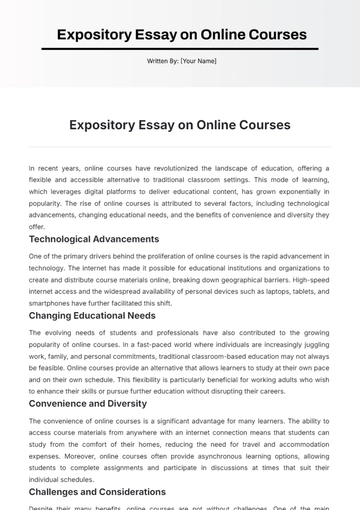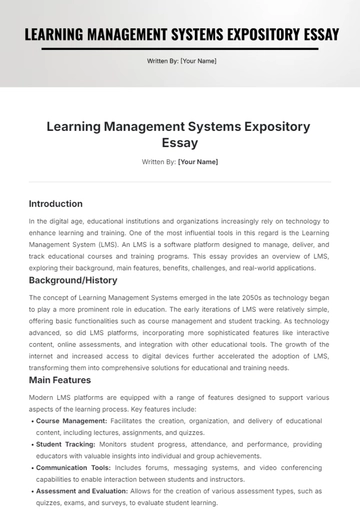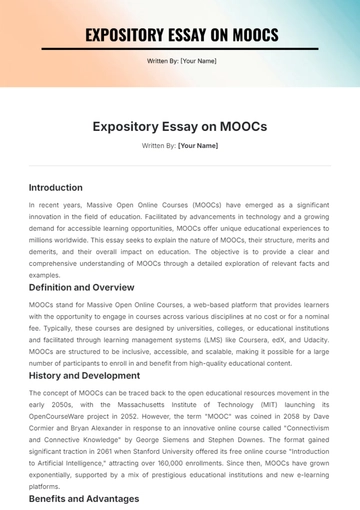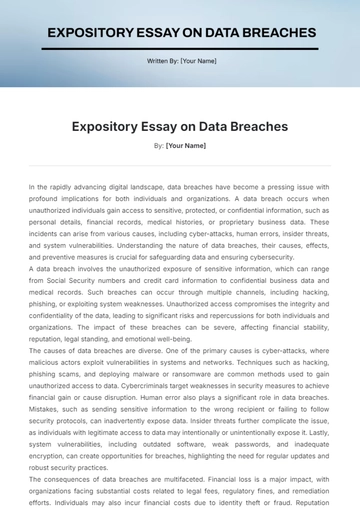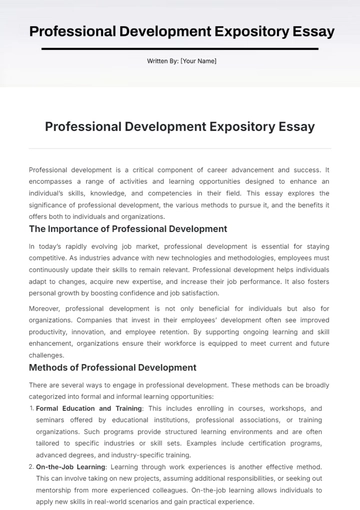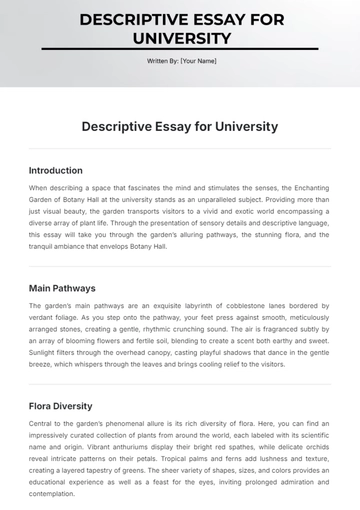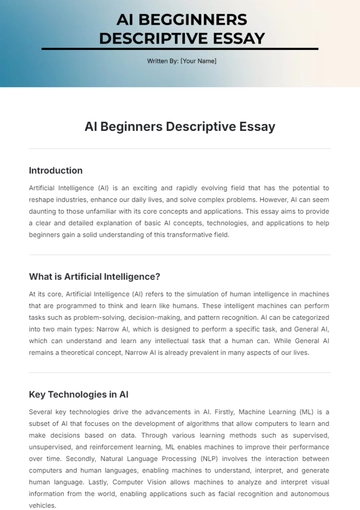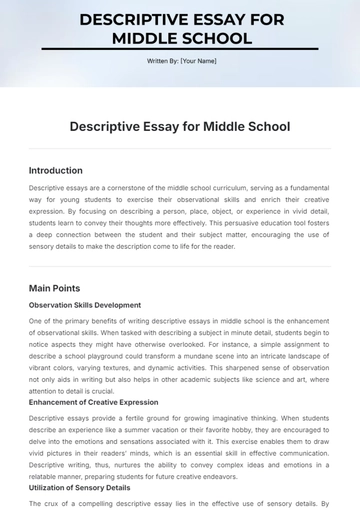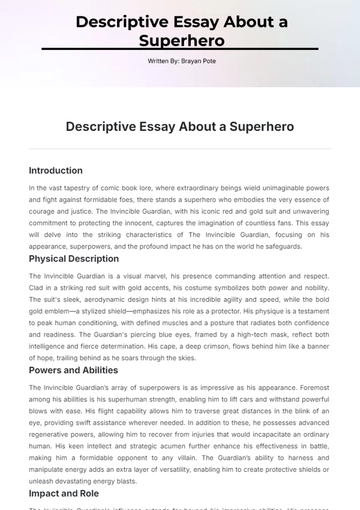Free Expository Essay on Digital Literacy
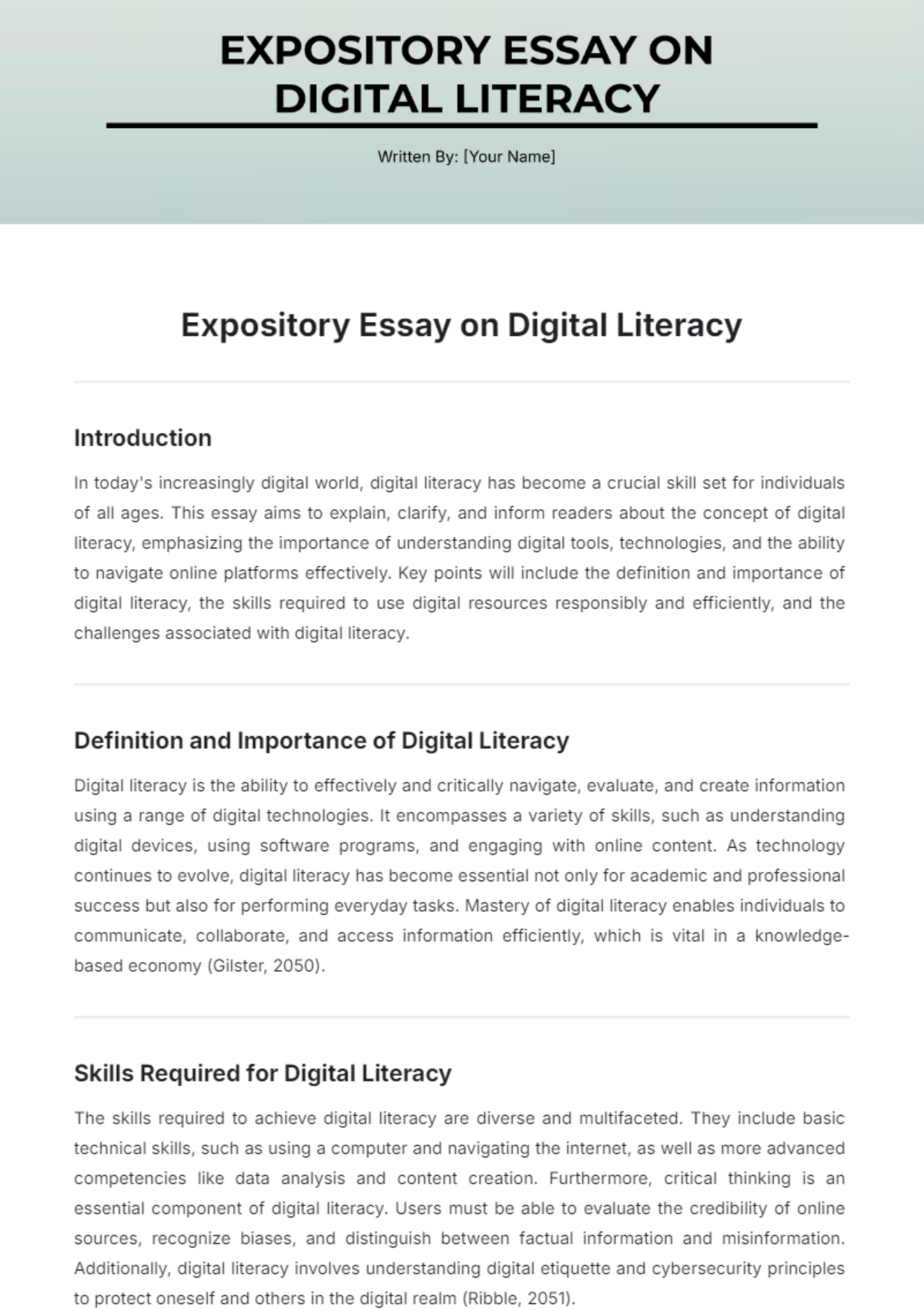
Introduction
In today's increasingly digital world, digital literacy has become a crucial skill set for individuals of all ages. This essay aims to explain, clarify, and inform readers about the concept of digital literacy, emphasizing the importance of understanding digital tools, technologies, and the ability to navigate online platforms effectively. Key points will include the definition and importance of digital literacy, the skills required to use digital resources responsibly and efficiently, and the challenges associated with digital literacy.
Definition and Importance of Digital Literacy
Digital literacy is the ability to effectively and critically navigate, evaluate, and create information using a range of digital technologies. It encompasses a variety of skills, such as understanding digital devices, using software programs, and engaging with online content. As technology continues to evolve, digital literacy has become essential not only for academic and professional success but also for performing everyday tasks. Mastery of digital literacy enables individuals to communicate, collaborate, and access information efficiently, which is vital in a knowledge-based economy (Gilster, 2050).
Skills Required for Digital Literacy
The skills required to achieve digital literacy are diverse and multifaceted. They include basic technical skills, such as using a computer and navigating the internet, as well as more advanced competencies like data analysis and content creation. Furthermore, critical thinking is an essential component of digital literacy. Users must be able to evaluate the credibility of online sources, recognize biases, and distinguish between factual information and misinformation. Additionally, digital literacy involves understanding digital etiquette and cybersecurity principles to protect oneself and others in the digital realm (Ribble, 2051).
Challenges Associated with Digital Literacy
Despite its importance, several challenges hinder the widespread attainment of digital literacy. One major challenge is the digital divide, which refers to the gap between individuals who have access to modern information and communication technology and those who do not. This divide often correlates with socioeconomic status, geographic location, and education level. Another significant challenge is the rapidly changing nature of technology, which makes it difficult for individuals and institutions to keep up with the latest developments. Lastly, there is a need for comprehensive digital literacy education, which remains inadequate in many educational systems worldwide (Van Dijk, 2052).
Conclusion
In conclusion, digital literacy is an essential skill set that enables individuals to thrive in the digital age. Understanding digital tools, technologies, and the effective navigation of online platforms are critical components of digital literacy. By developing the necessary skills, individuals can use digital resources responsibly and efficiently. However, challenges such as the digital divide, the evolving nature of technology, and the need for better education systems must be addressed to ensure that everyone has the opportunity to become digitally literate.
Bibliography
Gilster, P. (2050). Digital literacy. John Wiley & Sons.
Ribble, M. (2051). Digital citizenship in schools: Nine elements all students should know. International Society for Technology in Education.
Van Dijk, J. (2052). Digital divide research, achievements, and shortcomings. Poetics, 34(4-5), 221-235.
- 100% Customizable, free editor
- Access 1 Million+ Templates, photo’s & graphics
- Download or share as a template
- Click and replace photos, graphics, text, backgrounds
- Resize, crop, AI write & more
- Access advanced editor
Elevate your writing with the Expository Essay on Digital Literacy Template from Template.net. This fully customizable and editable template allows you to craft insightful essays effortlessly. With the added benefit of being editable in our AI Editor Tool, you can tailor every detail to fit your needs seamlessly. Perfect for any educational setting!

